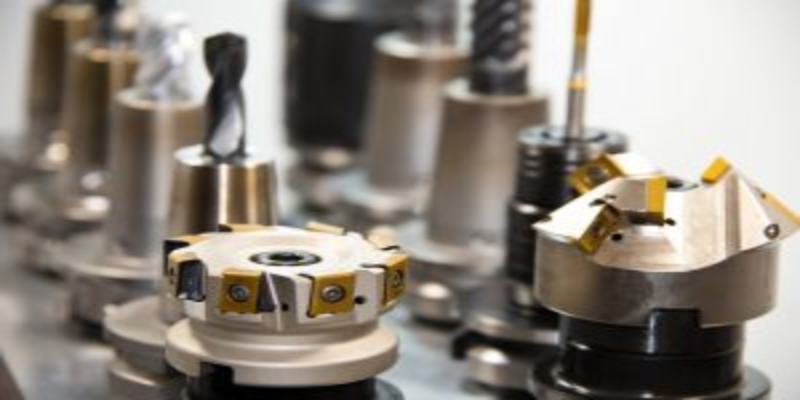In recent years, 3D printing technology and 3D Printers in India have revolutionized the manufacturing industry by offering innovative solutions for producing complex parts with reduced weight. One of the significant advantages of 3D printing, particularly in metal fabrication, is its ability to optimize designs and create lightweight components without compromising structural integrity or performance. In this blog, we will delve into how 3D printing facilitates the reduction of weight in metal parts and the implications of this advancement across various industries.
Traditional manufacturing methods for metal parts often involve subtractive processes such as machining, which involves cutting away excess material from a solid block to achieve the desired shape. While effective, these methods can result in significant material wastage and limitations in design complexity. In contrast, 3D printing, also known as additive manufacturing, builds parts layer by layer from digital designs, offering unprecedented design freedom and material efficiency.
Topology optimization
One of the key ways 3D printing helps reduce the weight of metal parts is through topology optimization. Topology optimization is a computational design approach that utilizes algorithms to generate optimized structures based on specified load conditions and performance criteria. By removing unnecessary material and redistributing loads more efficiently, topology optimization enables the creation of lightweight yet structurally sound components. 3D printing complements this process by allowing for the fabrication of intricate geometries and complex internal structures that would be impractical or impossible to achieve with traditional manufacturing methods.
Another advantage of 3D printing in reducing the weight of metal parts lies in its ability to utilize advanced lightweight materials. Additive manufacturing enables the use of high-strength alloys and metal composites that offer superior mechanical properties while being lighter in weight compared to conventional metals. These lightweight materials, combined with optimized designs, contribute to the overall weight reduction of components without sacrificing strength or durability.
Integration of functional features
3D printing enables the integration of functional features directly into the design of metal parts, eliminating the need for additional components and assembly processes. By consolidating multiple parts into a single, lightweight component, manufacturers can streamline production, reduce material consumption, and minimize overall weight. This approach not only enhances efficiency but also reduces manufacturing lead times and costs.
Benefits of lightweight metal parts
The benefits of lightweight metal parts extend beyond traditional manufacturing industries and are increasingly being recognized in sectors such as aerospace, automotive, and healthcare.
The benefits of lightweight metal parts across various sectors:
Automotive:
Improved fuel efficiency
Enhanced vehicle performance
Cost savings in manufacturing and operation
Enhanced safety through reduced weight
Aerospace:
Reduced fuel consumption
Increased aircraft performance and range
Enhanced safety and crashworthiness
Lower maintenance costs
Manufacturing:
Cost savings in production and transportation
Improved product agility and flexibility
Enhanced design innovation and customization
Sustainability through resource efficiency
Consumer Goods:
Lightweight and ergonomic designs
Improved user comfort and usability
Lower shipping costs for retail distribution
Increased product lifespan and durability
Electronics:
Enhanced portability and mobility of devices
Improved heat dissipation and thermal management
Increased battery life for portable electronics
Enhanced design flexibility for miniaturization
Healthcare:
Lightweight medical devices and equipment
Enhanced patient comfort and mobility
Reduced strain on healthcare professionals
Improved accessibility and usability for patients
